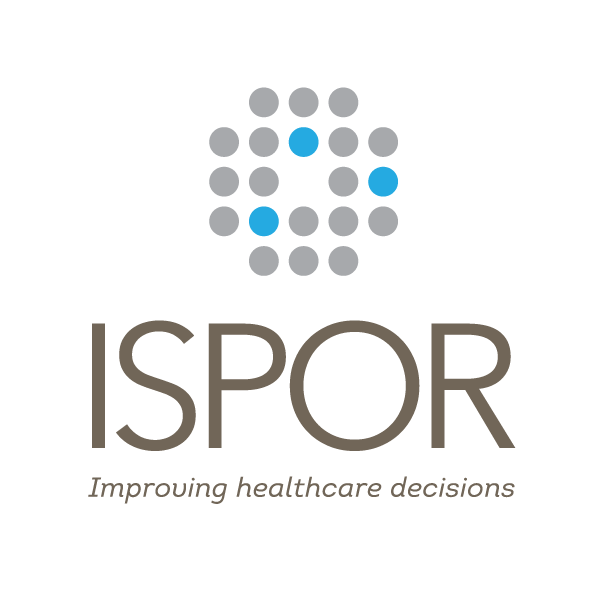Newswise — Princeton, NJ—October 26, 2015—The International Society for Pharmacoeconomics and Outcomes Research (ISPOR) published results of an expansive global review answering a basic scientific question, “How do you describe a ‘rare disease?’” in “Rare Disease Terminology and Definitions—A Systematic Global Review: Report of the ISPOR Rare Disease Special Interest Group.”
A broad international group of researchers examined the similarities and differences in rare disease definitions and prevalence thresholds—across geography and stakeholders.
“There is no universally accepted definition for ‘rare disease,’” said co-author Trevor Richter, PhD, MSc, of the Canadian Agency for Drugs and Technologies in Health (CADTH), who led the ISPOR group. Richter is confident that this study will generate interest among stakeholders, noting that “Our findings are of immediate relevance to researchers, policy makers, and decision makers that have to assess orphan drugs and associated health technologies. This report will be of increasing importance within the next few years as many organizations and jurisdictions will attempt to either define rare diseases for the first time or update their existing definitions.”
Co-author, Sandra Nestler-Parr, PhD, MPhil, a Board member of the Alpha-X Society and Head of Rare Diseases for Roboleo & Co, UK, explained that the research team systematically searched for definitions of the term “rare disease” used by payers, patient groups, regulators, manufacturers, research centers, and health technology assessors. The search revealed 296 definitions and 23 different terms that are used in at least one of the identified definitions from more than 1,100 stakeholder organizations in 32 jurisdictions representing the six major geographic regions of the world: Africa, Asia, Europe, North America, Oceania, and South America. The results of this noteworthy study are published in the September/October 2015 issue (Volume 18, Issue 6) of Value in Health.
Richter said, “The most commonly used term is ‘rare disease,’ which accounts for 38% of all definitions. This is followed by ‘orphan disease’ which is found in 27% of definitions.” The study also distinguishes between the descriptors referring to the type of disease or therapy (i.e. adjectives), such as “rare,” “neglected,” “orphan,” or “specialized.” Descriptors relating to a condition (i.e. nouns) include “disease,” “condition,” “disability,” and “syndrome.” Few definitions also contain qualitative descriptors such as “life-threatening,” “debilitating,” and “severe.”
Interestingly, the authors found that patient and research organizations are more likely to have a defined terminology for rare disease than do other stakeholders.
The study also revealed that 58% of definitions contain an implicit or explicit prevalence threshold, suggesting that prevalence is a universally preferred metric used in definitions of rare diseases. Nestler-Parr considers this finding of particular importance stating that, “We were able to address the question of how prevalence thresholds are used globally within definitions of rare diseases. Although most jurisdictions we studied define the average prevalence threshold for a rare disease as between 40 and 50 cases per 100,000 people, substantial variation exists across jurisdictions, with thresholds ranging from five to 76 cases per 100,000 people.”
Perhaps unsurprisingly, stratification of the prevalence threshold by stakeholder groups revealed that patient organizations have the highest, most liberal, average threshold, whereas private payers have the lowest, most conservative, average threshold.
“The growing global connectivity of health care and the rise of targeted medicines for small, well-defined patient groups have intensified the need for a better understanding of the definitions related to rare diseases,” said Nestler-Parr.
The authors highlight the need for further research to better understand the extent of the existing diversity of definitions for rare diseases as well as the roots of these variations between stakeholder groups within and across jurisdictions. They also propose that any attempts to harmonize rare disease definitions should focus on standardized, objective criteria—such as prevalence thresholds—and should avoid qualitative descriptors.
The full article and more information on the ISPOR Rare Disease Special Interest Group may be found at http://www.ispor.org/sigs/RareDiseases.asp.
###
ABOUT VALUE IN HEALTH:Value in Health (ISSN 1098-3015) publishes papers, concepts, and ideas that advance the field of pharmacoeconomics and outcomes research as well as policy papers to help health care leaders make evidence-based decisions. The journal enjoys a 5-year Impact Factor of 3.373 and is ranked 7th out of 71 journals in health policy and services (social sciences), 13th out of 89 in health care sciences and services, and 14th out of 333 in economics (social sciences). Value in Health is published bi-monthly and has over 8,000 subscribers (clinicians, decision makers, and researchers worldwide).Web: www.ispor.org/valueinhealth | Twitter: http://bit.ly/ISPORjournals-T (@ISPORjournals)
About ISPORThe International Society for Pharmacoeconomics and Outcomes Research (ISPOR) is a nonprofit, international, educational and scientific organization that promotes health economics and outcomes research excellence to improve decision making for health globally. Web: www.ISPOR.org | LinkedIn: http://bit.ly/ISPOR-IN | Twitter: http://bit.ly/ISPOR-T (@ISPORorg) | YouTube: http://bit.ly/ISPOR-YT |Facebook: http://bit.ly/ISPOR-FB
